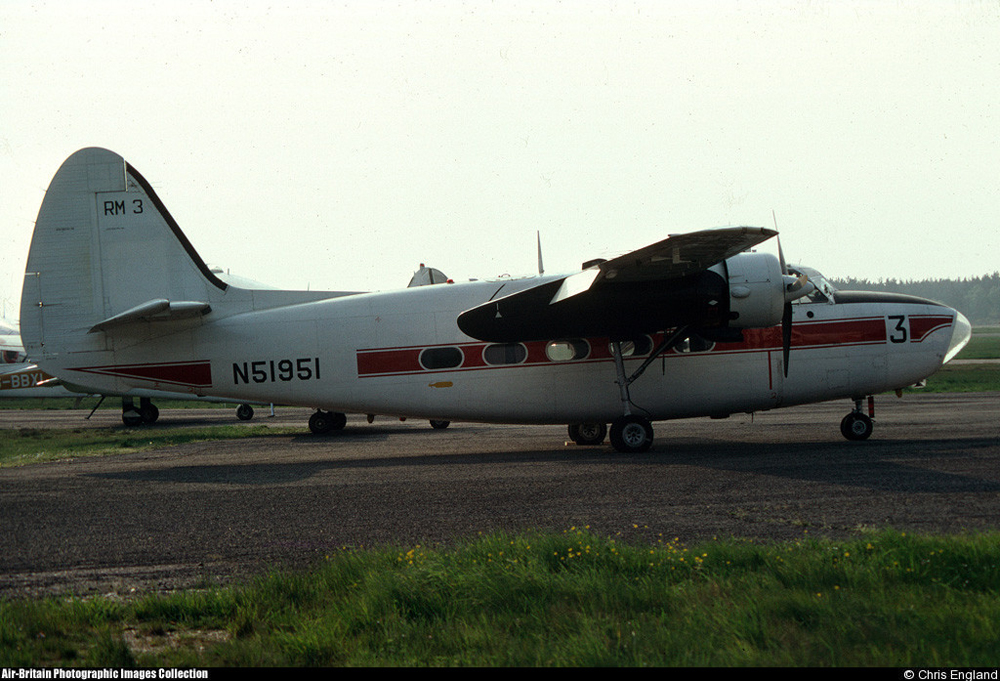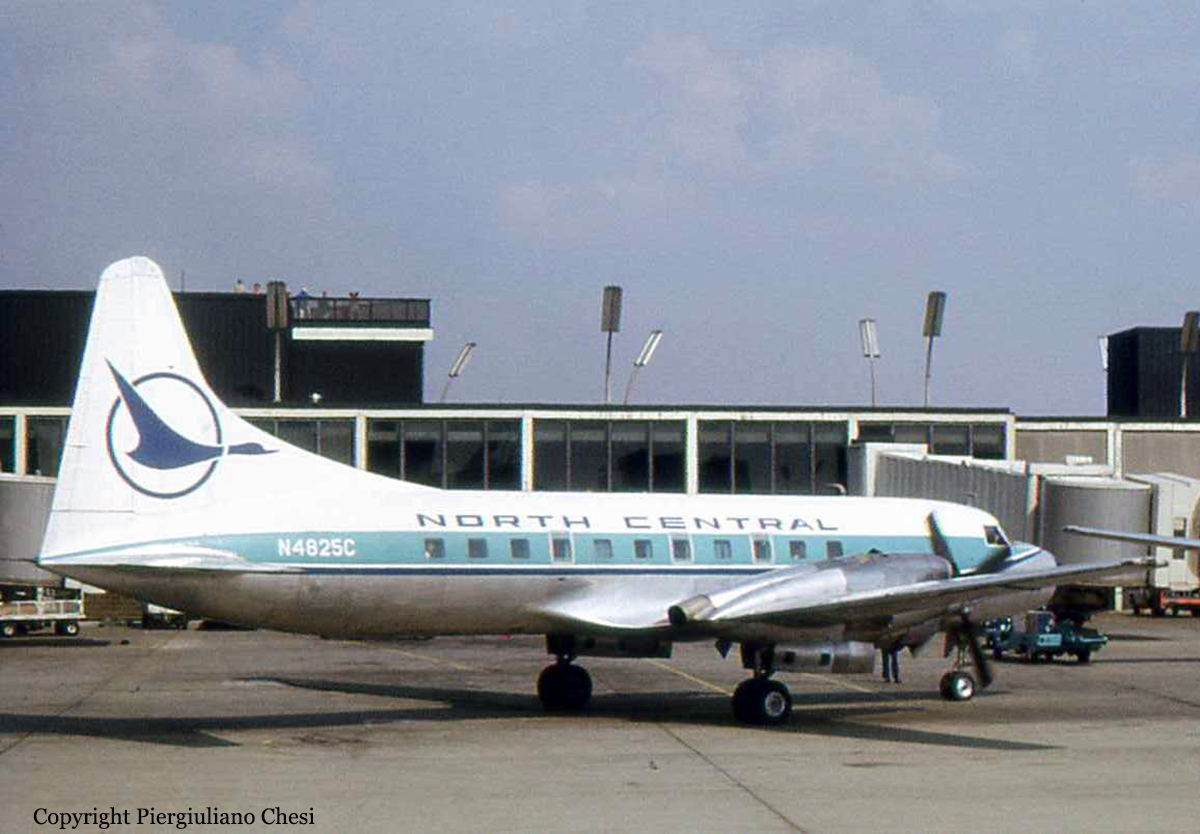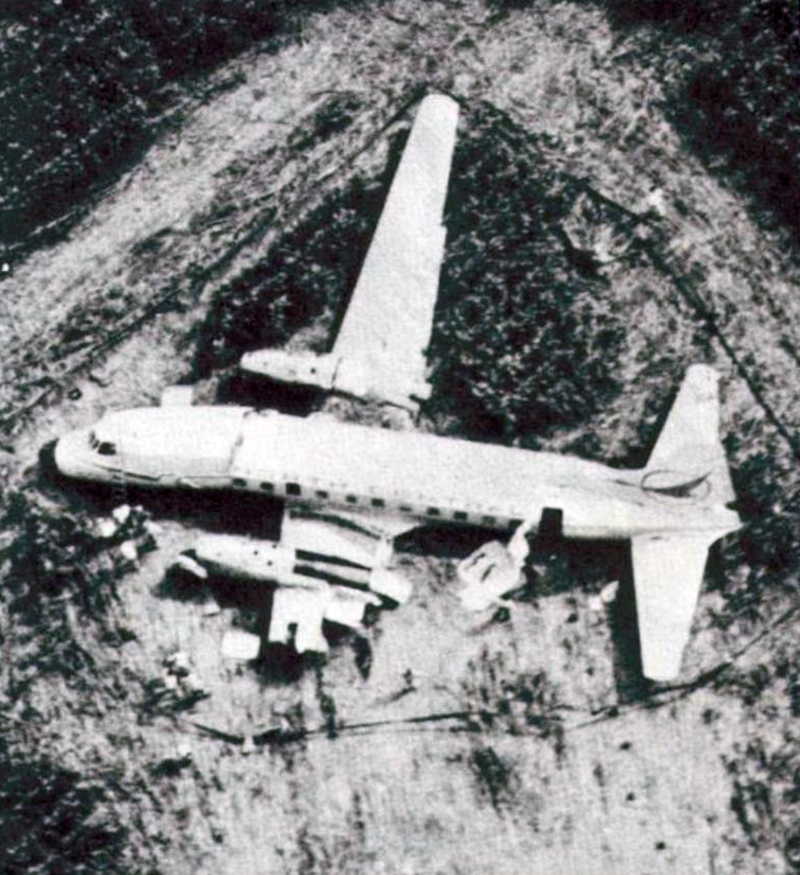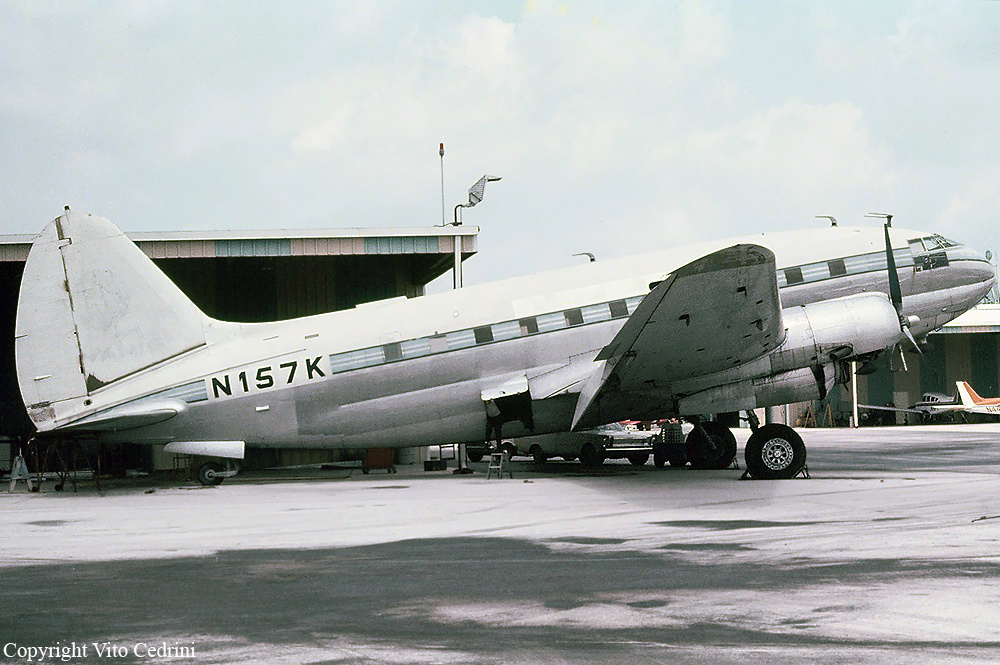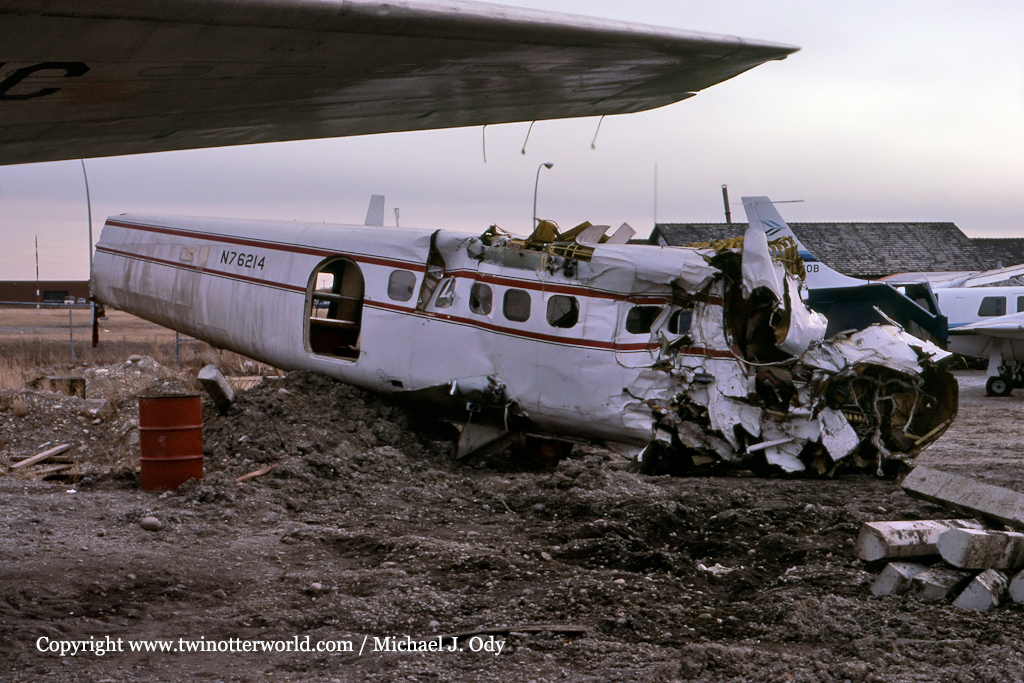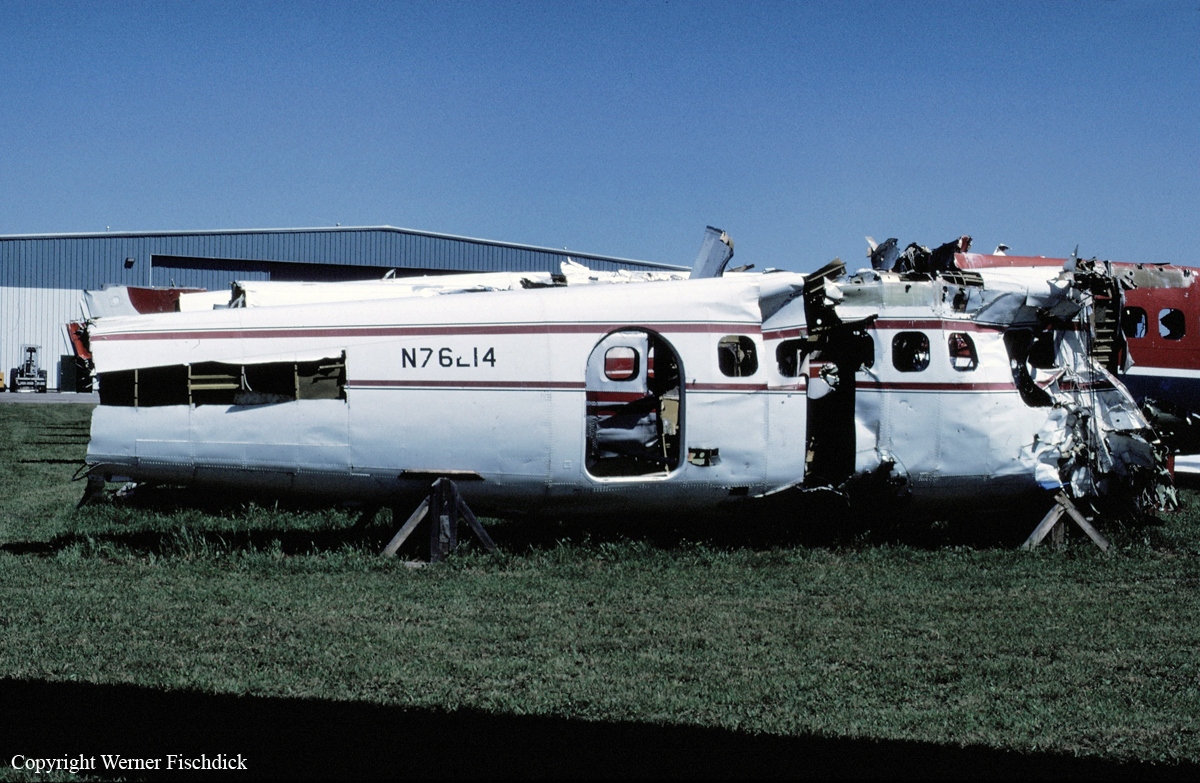Crash of a Cessna 414 Chancellor in Bluefield
Date & Time:
Aug 4, 1978 at 2204 LT
Registration:
N33BN
Survivors:
Yes
Schedule:
Wise - Bluefield
MSN:
414-0079
YOM:
1970
Crew on board:
1
Crew fatalities:
Pax on board:
2
Pax fatalities:
Other fatalities:
Total fatalities:
0
Captain / Total hours on type:
97.00
Circumstances:
On approach to Bluefield-Mercer County, the pilot encountered technical problems with one engine. He decided to attempt an emergency landing when the airplane struck trees and crashed few miles from the airfield. All three occupants were injured and the aircraft was destroyed.
Probable cause:
Collision with trees during a missed approach due to improper maintenance. The following contributing factors were reported:
- Lubricating system: magnetic plugs, missing
- Oil exhaustion-engine lubrication system,
- High obstructions,
- Oil sump drain plug was not found, threads on sump hole clean and undamaged.
- Lubricating system: magnetic plugs, missing
- Oil exhaustion-engine lubrication system,
- High obstructions,
- Oil sump drain plug was not found, threads on sump hole clean and undamaged.
Final Report:



